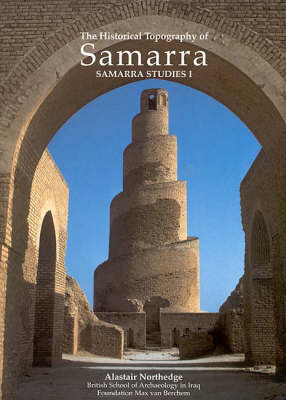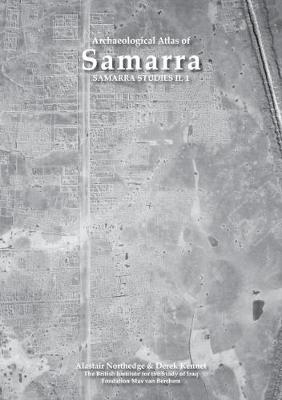Samarra Studies
1 primary work • 2 total works
Book 1
This is the first fundamentally new work to come out in half a century on one of the world's most famous Islamic archaeological sites: Samarra, in Iraq. This capital of the Abbasid caliphs in the 9th century is not only one of the largest urban sites worldwide, but also gives us the essence of what the physical appearance of the caliphate was like, for early Baghdad is long lost. Northedge sets out to explain the history and development of this enormous site, 45 km long, using both archaeological and textual sources to weave a new interpretation of how the city worked: its four caliphal palaces, four Friday mosques, cantonments for the military and for the palace servants, houses for the men of state and generals.
The Archaeological Atlas of Samarra sets out to map and catalogue the site and buildings of the Abbasid capital at Samarra in the period 836 to 892 AD, preserved as they were until the middle years of the 20th century. Site maps and catalogues are provided of all the approximately 5819 building and site units identified. This is the first time that it has been possible to catalogue nearly all the buildings of one of the world's largest ancient cities, from the caliph palaces to the smallest hovels.

